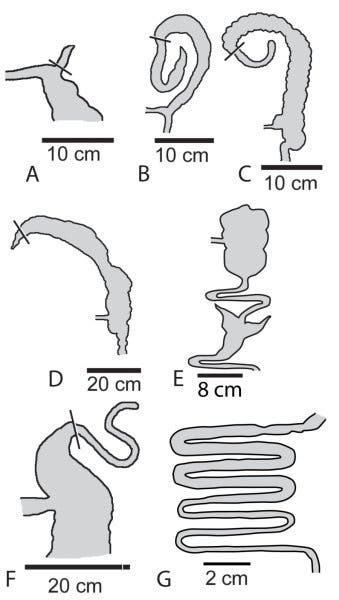A new international study found that the appendix plays a part in your immune system and helps preserve the integrity of gut flora.

We humans have a pretty casual relationship with our appendixes. We hang around, sure, but they don’t seem to do much and we’re not very committed. When it hurts, we’ll take it out. Sometimes it seems like it’s going to hurt, so we take it out just to be sure — we’re too busy with our other, steady organs to go through all the drama.
A new study, however, found that we should take this little pouchy thing more seriously. An international team led by Heather F. Smith, Ph.D. and Associate Professor at Midwestern University Arizona’s College of Osteopathic Medicine studied the evolution and function of the appendix in several mammal species and found that it plays an important purpose in the body — particularly as a safe haven for intestinal flora.
Appendixes — what do they even do?
Dr Smith’s team wanted to understand why some species have one, and others don’t. They gathered data on the presence or absence of the appendix in 533 mammal species, and its relation to other gastrointestinal and environmental traits. By correlating this data with the species’ genetic tree, they were able to track the evolution of appendixes in mammalian species.
The first surprise they had was that several lineages have independently evolved the organ, and they almost never get rid of it afterwards. This comes as an argument against the common belief that appendixes don’t serve any purpose in the body. By cross-checking for other factors such as diet, climate, or social factors, the team has refuted several previous hypotheses linking the appendix to diet or environmental factors.
So there’s a lot of things it doesn’t do — but what does it do? The team believes it acts as a secondary immune organ. They found that species which have an appendix also show higher average levels of lymphoid tissue in the cecum (the first bit of the large intestine). This tissue is also known to foster several strains of gut flora, suggesting that the appendix acts as a kind of safe house from which bacteria can repopulate the gastrointestinal tract if needed — after you take strong oral antibiotics, for example.
Animals with certain shapes of ceca, such as the tapering and spiral-shaped ones, were more likely to have an appendix than species with round or cylindrical ones. This led the researchers to believe that the appendix evolves as part of a larger “cecoappendicular complex”.

Image credits Brent Adrian et. al / Midwestern University.
The full paper “Morphological evolution of the mammalian cecum and cecal appendix” has been published in the journal Comptes Rendus Palevol.


